Building the Ultimate Compact, Mid-Range VR-Ready Gaming PC So, you're itching to dive into the immersive world of virtual reality but don't want to break the bank or sacrifice precious desk space?
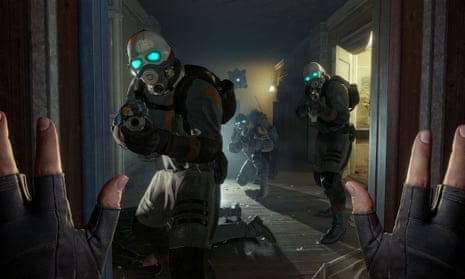
So, you're itching to dive into the immersive world of virtual reality but don't want to break the bank or sacrifice precious desk space? You've come to the right place. As a seasoned PC builder and VR enthusiast, I'm here to guide you through constructing a compact, mid-range gaming PC that's perfectly suited for experiencing titles like Half-Life: Alyx, Beat Saber, and even Microsoft Flight Simulator VR. We're aiming for smooth frame rates, comfortable gameplay, and a small form factor (SFF) design that won't dominate your gaming area. Let's get started!
A VR-ready gaming PC setup, showcasing the immersive potential of the build.
Core Components: The Heart of Your VR Machine
This build focuses on balancing performance and cost while maintaining a compact footprint. Here’s a breakdown of the key components:
CPU: Intel Core i5-13600K – Powerhouse Performance
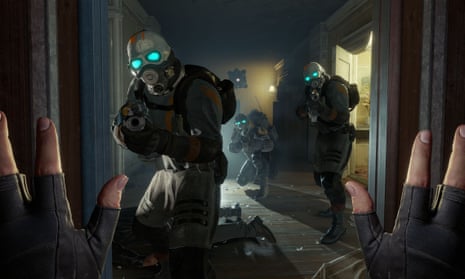 The Intel Core i5-13600K CPU, known for its impressive single-core performance and overclocking capabilities.
The Intel Core i5-13600K CPU, known for its impressive single-core performance and overclocking capabilities.
The Intel Core i5-13600K is the brains of this operation. Its strong single-core performance is crucial for VR applications, which often rely heavily on one or two cores. Plus, it's unlocked for overclocking, giving you the potential to squeeze even more performance out of it. Overclocking can be particularly beneficial for pushing higher frame rates in demanding VR titles.
GPU: AMD Radeon RX 6700 XT – VR Value Champion
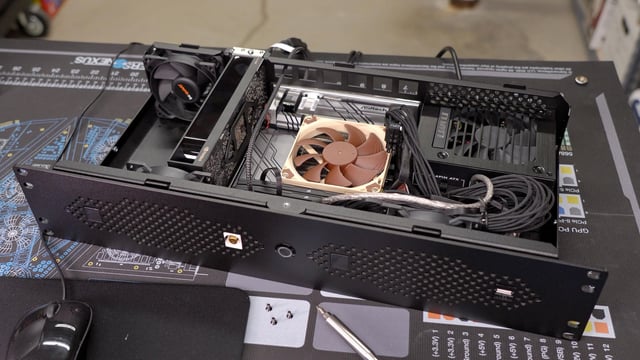 The AMD Radeon RX 6700 XT GPU, offering excellent value for VR gaming with FidelityFX technologies.
The AMD Radeon RX 6700 XT GPU, offering excellent value for VR gaming with FidelityFX technologies.
The AMD Radeon RX 6700 XT delivers excellent bang for your buck when it comes to VR gaming. It provides the necessary horsepower to run most VR titles at high settings. AMD's FidelityFX technologies further enhance visuals and performance, ensuring a smooth and immersive experience. This card strikes a great balance between price and performance, making it ideal for our mid-range VR build.
RAM: 32GB (2x16GB) DDR4-3600 CL16 – Smooth Multitasking
VR gaming demands a lot of resources. 32GB of DDR4-3600 CL16 RAM (like the G.Skill Ripjaws V) ensures you have enough headroom for multitasking, streaming, or running background applications without impacting your VR performance. The speed of the RAM is also crucial, as faster RAM can improve frame rates and reduce stuttering.
Motherboard: MSI B660M Mortar WIFI DDR4 (mATX) – Small Size, Big Features
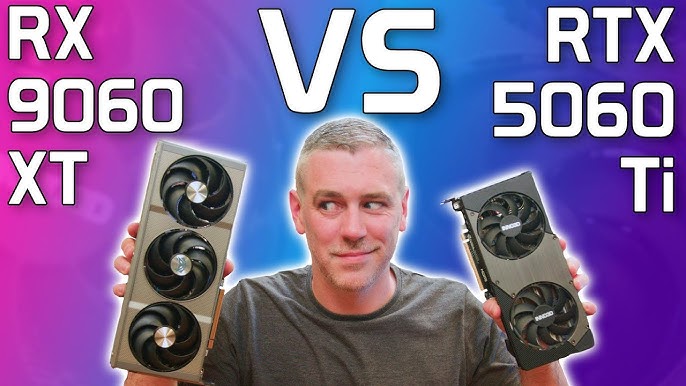 The MSI B660M Mortar WIFI DDR4 mATX motherboard, a solid choice for VR builds due to its VRM, connectivity, and size.
The MSI B660M Mortar WIFI DDR4 mATX motherboard, a solid choice for VR builds due to its VRM, connectivity, and size.
The MSI B660M Mortar WIFI DDR4 is an excellent choice for our SFF build. Its mATX form factor fits perfectly in the Cooler Master NR200. Despite its size, it boasts a solid VRM (Voltage Regulator Module) for stable power delivery, adequate connectivity for all your peripherals, and built-in WIFI for convenient networking.
Storage: 1TB NVMe PCIe 4.0 SSD – Lightning-Fast Loading
 A 1TB NVMe PCIe 4.0 SSD, such as the Crucial P5 Plus, providing rapid loading times essential for VR experiences.
A 1TB NVMe PCIe 4.0 SSD, such as the Crucial P5 Plus, providing rapid loading times essential for VR experiences.
A 1TB NVMe PCIe 4.0 SSD, such as the Crucial P5 Plus, is essential for quick loading times in VR environments. VR games often have large textures and complex scenes, so a fast SSD drastically reduces load times and improves overall responsiveness. PCIe 4.0 ensures maximum speed and efficiency.
PSU: Corsair RM650x (650W, 80+ Gold) – Reliable Power
The Corsair RM650x is a reliable and efficient power supply that provides ample power for our system, even with potential overclocking. Its 80+ Gold certification ensures energy efficiency, and its modular design helps with cable management, which is crucial in an SFF build.
Case: Cooler Master NR200 – Small But Mighty
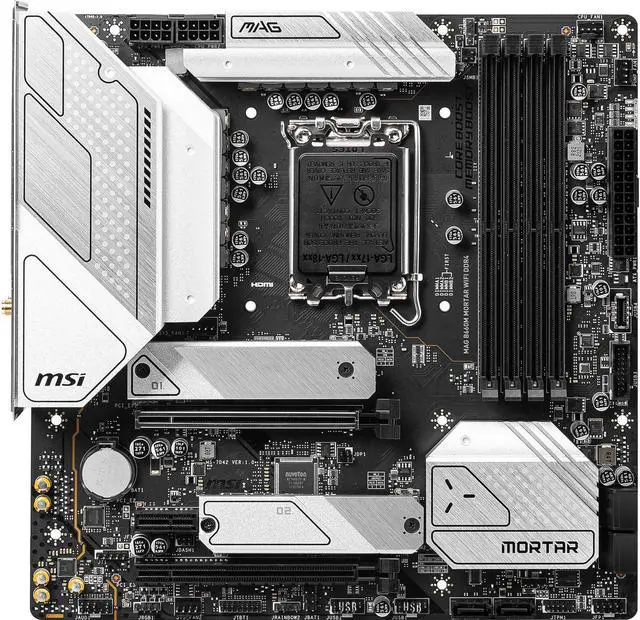 The Cooler Master NR200 case, chosen for its small size, excellent cooling capabilities, and airflow optimization.
The Cooler Master NR200 case, chosen for its small size, excellent cooling capabilities, and airflow optimization.
The Cooler Master NR200 is the star of our SFF build. It's incredibly compact yet offers excellent cooling capabilities thanks to its well-designed airflow. Building in the NR200 can be a bit challenging due to its size, so cable management is key. Using zip ties and strategically routing cables will help maximize airflow and keep the build tidy. Consider a modular PSU to further minimize cable clutter.
Cable Management in the NR200: Plan your cable routes before installing components. Use the provided zip ties and velcro straps to secure cables. The back panel and top of the case offer routing options. A modular PSU is highly recommended to reduce unnecessary cables.
Optional Add-ons: Enhancing the VR Experience
VR Headset: Meta Quest 2 (Formerly Oculus Quest 2)
The Meta Quest 2 is a versatile and affordable VR headset that offers both standalone and PC VR capabilities. Setting up Oculus Link (using a USB cable) or Air Link (wireless) allows you to connect the Quest 2 to your gaming PC and experience PC VR games.
Oculus Link/Air Link Setup:
- Download and install the Oculus app on your PC.
- Connect your Quest 2 to your PC using a high-quality USB-C cable (Oculus Link) or ensure both devices are on the same WIFI network (Air Link).
- Enable Oculus Link/Air Link in the Quest 2 settings.
- Follow the on-screen instructions to pair your headset with your PC.
Comfort Upgrade: Kiwi Design Comfort Head Strap for Meta Quest 2
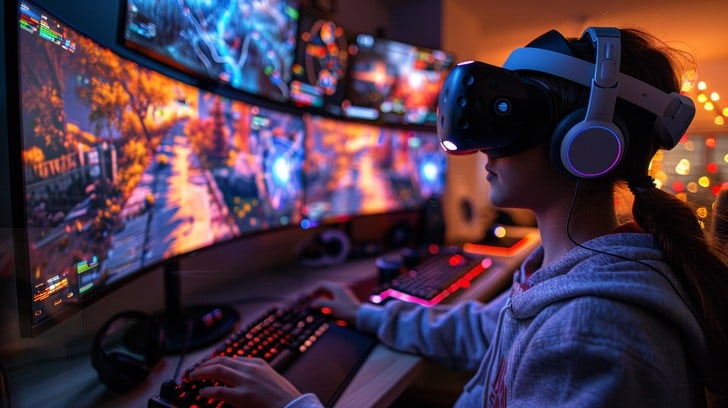 The Kiwi Design Comfort Head Strap for Meta Quest 2, offering enhanced comfort and stability over the stock strap.
The Kiwi Design Comfort Head Strap for Meta Quest 2, offering enhanced comfort and stability over the stock strap.
The stock strap on the Meta Quest 2 can be uncomfortable for extended play sessions. The Kiwi Design Comfort Head Strap provides significantly improved comfort and stability, allowing you to game for longer without discomfort.
Haptic Feedback: bHaptics TactSuit X16
For the ultimate immersion, consider the bHaptics TactSuit X16. This haptic feedback suit translates in-game events into tactile sensations, adding a whole new dimension to your VR experience.
Audio: Closed-Back Headphones
Invest in a good pair of closed-back headphones. They provide immersive audio while isolating external noise, allowing you to fully focus on the VR world. Look for headphones with comfortable earcups and a wide frequency response for the best audio experience.
Performance Expectations: What to Expect
- SteamVR Performance Test: Expect a score of "VR Ready" or higher, indicating that your system is capable of running most VR games smoothly.
- Half-Life: Alyx: Target high settings with an average FPS of 70-90.
- Beat Saber: Should run flawlessly at maximum settings.
- Microsoft Flight Simulator VR: This is a demanding title. Expect to run it at medium to high settings with some compromises to maintain a stable frame rate. Aim for at least 30 FPS for a playable experience.
Overclocking the CPU and GPU can further improve performance, potentially allowing you to increase settings or achieve higher frame rates.
Cost/Value Analysis: Balancing Budget and Performance
This build strikes a great balance between cost and VR performance. You get a powerful CPU and GPU capable of running most VR titles smoothly without breaking the bank. Pre-built VR-ready systems often come with inflated prices, making this DIY build a more cost-effective option.
Alternatives:
- If your budget allows, consider upgrading to a higher-end GPU like the RX 6800 XT or RTX 3070 for even better performance.
- Adding a second 1TB NVMe SSD can provide more storage for your growing VR game library.
Tips and Troubleshooting: Ensuring a Smooth VR Experience
- Upgrade Paths: The CPU can be upgraded to a higher-end 13th gen Intel CPU in the future. The GPU can be upgraded as newer, more powerful cards become available.
- Compatibility Notes: Ensure your CPU cooler is compatible with the NR200 case's height limitations. Research component clearances before purchasing.
- Potential Pitfalls: Pay close attention to cable management during the build process. Ensure all cables are properly connected and routed to avoid airflow obstruction.
- Troubleshooting: If you experience frame drops or latency in VR, try reducing graphics settings, updating drivers, and closing unnecessary background applications. Ensure your VR headset is properly connected and configured.
Conclusion: Your Gateway to Immersive VR
Building your own compact, mid-range VR-ready gaming PC is a rewarding experience. This guide provides a solid foundation for creating a powerful and affordable VR machine that will transport you to new and exciting virtual worlds. By carefully selecting components, optimizing performance, and following these tips, you'll be well on your way to enjoying smooth and immersive VR gaming without sacrificing your budget or desk space. Now go forth and build!
 A gamer completely immersed in the VR experience, using a Meta Quest 2 headset.
A gamer completely immersed in the VR experience, using a Meta Quest 2 headset.